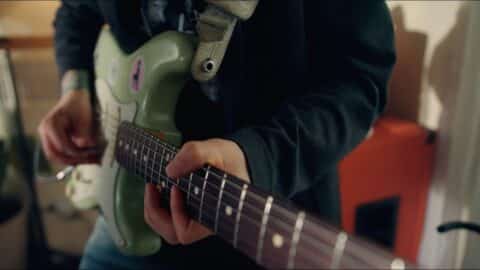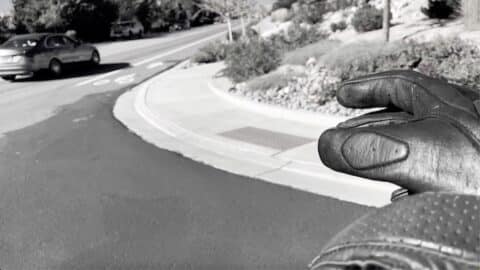Coping with re-entry anxiety can be difficult, even when getting back to more normal routines following the pandemic can be exciting. Many people have been experienced nervousness or anxiety about returning to routines and social events or simply re-entering society in general.
Experts have referred to this anxiety as “re-entry” anxiety. This anxiety is understandable in many ways, especially due to high levels of uncertainty about returning from the pandemic. There are a number of ways to cope with re-entry anxiety and other forms of anxiety.
This video answers the question “What is re-entry anxiety?”. The clip also provides methods for coping with re-entry anxiety and other forms of anxiety. Enjoy!
And if you’re interested in more on coping with re-entry anxiety and other anxiety, check out this great book on how to cope with anxiety from the pandemic and other events. If you like interactive materials, this workbook on coping might be for you. Or check out these fun greeting cards filled with research-based coping strategies.
Welcome back. I’m Dr. Matt B and these are your Emotional Minutes. I was walking through town today and I noticed how many people are starting to come back into town. They are going to places like restaurants, movie theaters, and other public locations. We are just coming out of the COVID-19 pandemic so it’s really exciting to see this.
Re-entry anxiety
Quite a few people are experiencing anxiety about coming back into society and engaging in routines or social events that they may have done before the pandemic. A lot of experts are terming this anxiety “re-entry anxiety”.
Re-entry anxiety can be very understandable. There is a lot of uncertainty about many aspects of returning to routines. For example, whether or not a lot of people are still carrying the virus or new and constantly changing mask mandates to name a few.
Research has found a number of things to be helpful to cope with re-entry and other forms of anxiety. These coping strategies also stop anxiety from running your decision-making, how you want to try to reintegrate back into life after the pandemic, or how to cope with the discomfort that comes along with anxiety in general.
Accepting re-entry anxiety
The first thing you can do is simply to accept your anxiety and allow it to happen. Much of the uncertainty that comes from returning to life after the pandemic is truly understandable. A pandemic like this is not something that we have experienced before. Accepting or just allowing yourself to experience re-entry anxiety gives yourself “a pass”. Acceptance makes it so that you don’t struggle or fight against the anxiety as much. It also provides some emotional relief.
Notice and question your thoughts
The second thing is checking in with your thoughts. Many thoughts can come along with anxiety. Those thoughts often concern bad things that could happen or what might happen if you catch the virus (or some other thoughts of catastrophe). One of the ways to check your thoughts is by noticing what those thoughts are. Once you notice them, evaluate them for how accurate they may be.
You can evaluate if your thoughts are accurate by looking at science-based sources. As humans, our thoughts can sometimes trick us into believing things that are not true. Believe it or not, this thought process comes from advancements that make us more mentally efficient than other animals. However, it can create errors as well – we are not perfect! So it helps to discern whether or not some of the things you are worried about are actually true.
Knowing the accuracy of those thoughts can give some idea of whether you need to worry about them in the first place. I usually recommend using science-based sources like Healthline.com or Medical News Today. A lot of the articles are written or reviewed by scientists and medical professionals, which makes them good sources.
Use exposure to beat re-entry anxiety
A third strategy you can use for coping with re-entry anxiety or anxiety in general is what we call exposure. Exposure has been found to be one of the most effective strategies to cope with anxiety. Exposure involves actually doing the thing that we are most anxious about. You can do this in a “graded” or a gradual fashion to help it not be so overwhelming.
Let’s use the example of being anxious about seeing friends and family or going out into public places. Exposure might start slow by doing small pieces of these activities. For example, seeing a few friends or a few family members in person with a mask on. The next step would be gradually adding more elements, like seeing friends at home and eventually meeting in public.
Masks can be used as a tool for this type of exposure exercise. This is because wearing them is not inherently harmful and it might give you some extra protection. If vaccinated, you can start by doing some of these activities with a mask on. Then take the mask off as they feel more comfortable.
Closing
The strategies covered here can be effective ways to cope with re-entry and other forms of anxiety. Although this article does not constitute therapy or direct advice, I hope that these research-based methods for coping with any type of anxiety can be helpful.
If you feel you need more support, you can always contact a mental health provider. They can consider your unique history and individual needs to help you cope.
This is Dr. Matt B and these are your Emotional Minutes. See you next time!



